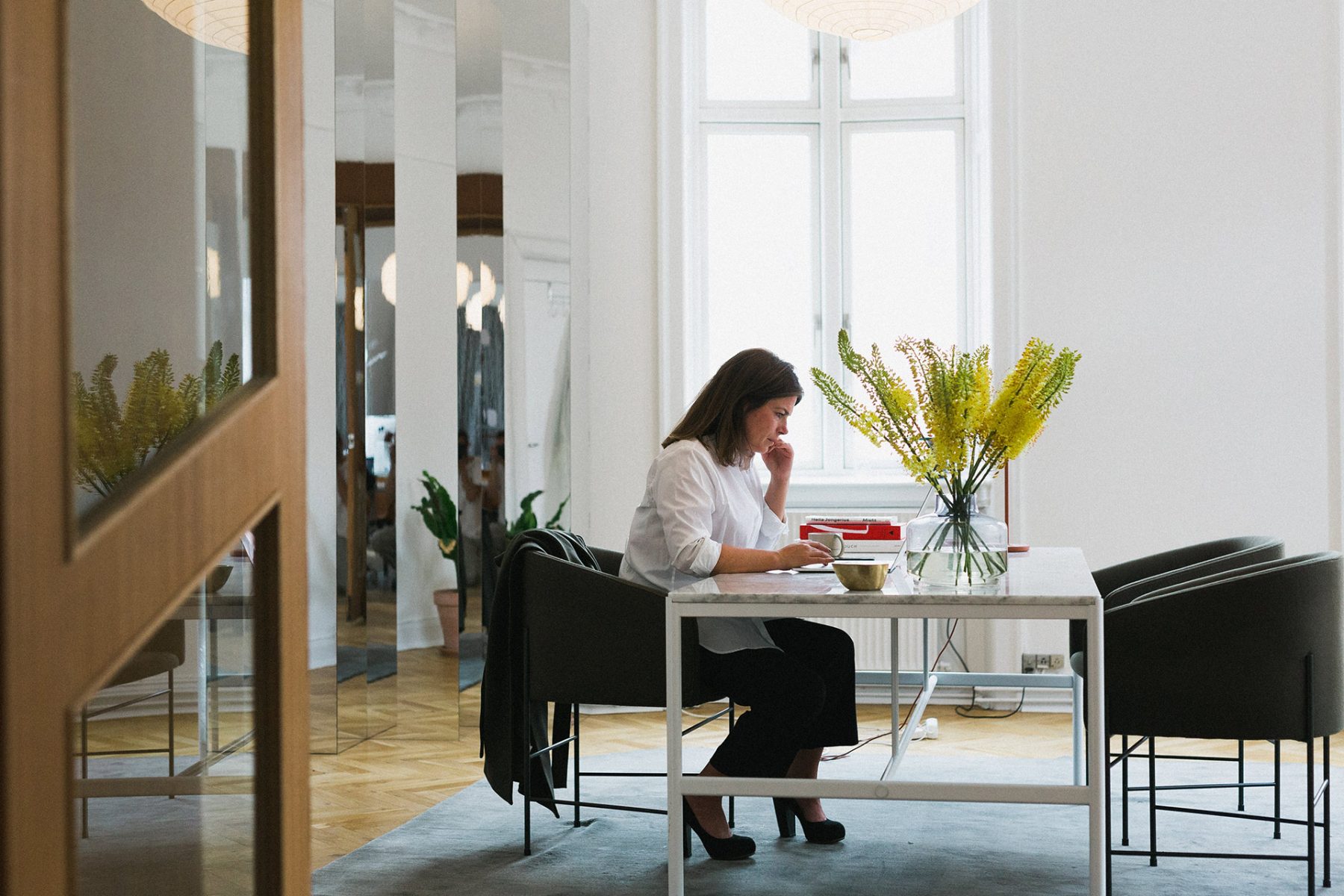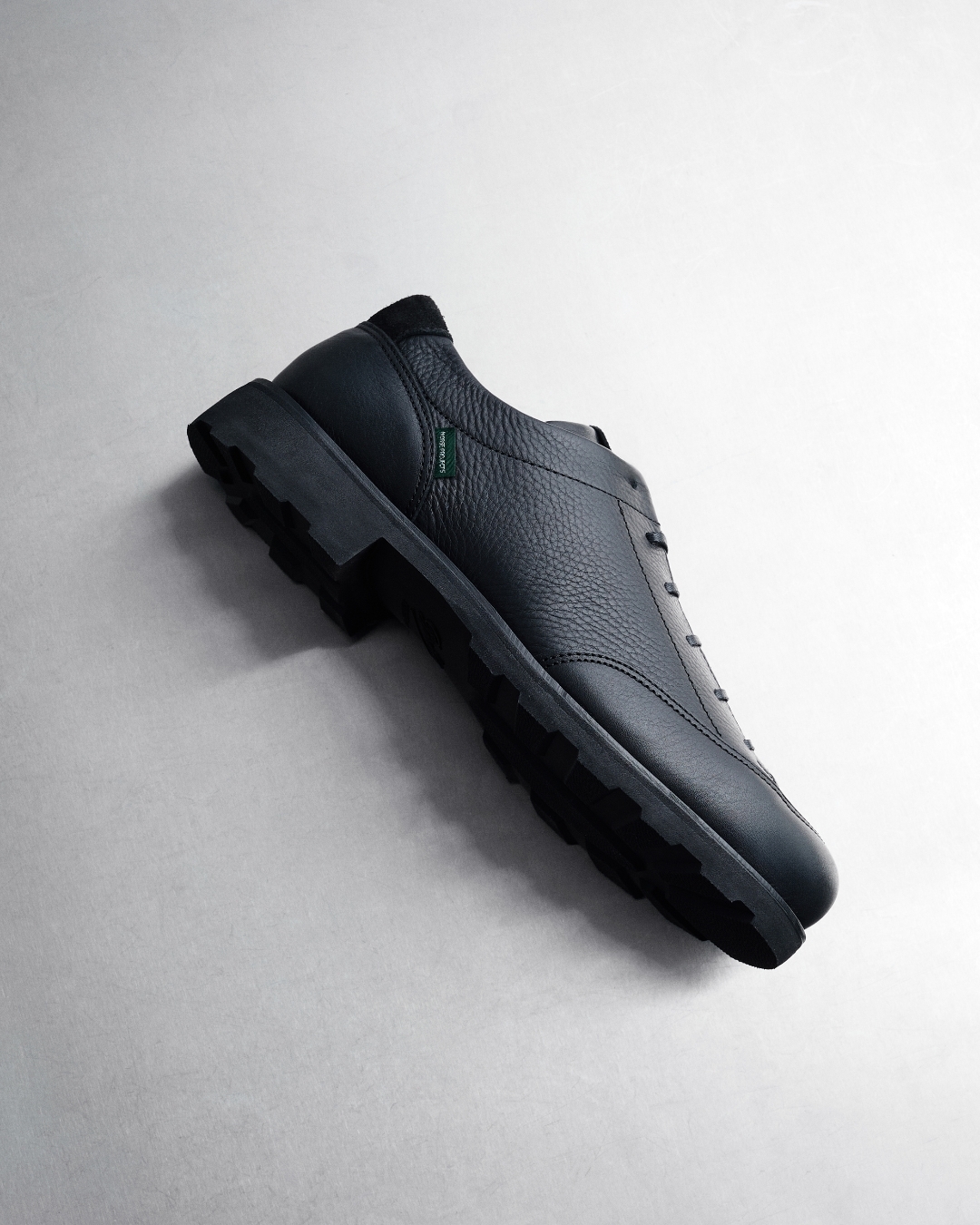A Conversation with Nina Bruun30.10.2019
With the particular appreciation of beauty, Nina Bruun has made waves in the field of design with her aesthetic approach and taste for perceptible trends. In her brightly lit Nørrebro offices, the designer and design consultant shares her history, her convictions and reveals the keys to her creative process. Bruun began her eponymous creative consultancy in 2016, upon her leaving Muuto. Her comprehensive career in the interiors and design circuit chronicle a storied career woman with a laser-focus on the future.

You come from a deeply creative family. What was it like growing up in that environment?
There was always room to be playful, which really had a great impact on my upbringing. My dad is an educated illustrator and could draw anything I wanted — as a child, that was such a gift! There were, of course, elements of seriousness in my childhood, but we always found room to have fun, be creative and curious. My parents have always been two very curious people and it affected me and my view on art, design, culture, food, et cetera. We all love to look out on the world for inspiration and knowledge.
What was it that lead you to the Royal Danish Academy of Design?
Even though the creative life was always in the cards for me, it was quite a journey to reach that realisation myself. Both my parents attended the same school, and everyone around me always saw me as a creative person. But because I, admittedly, am quite stubborn, I wanted to prove them all wrong. So for years, I worked in different non-creative fields — right until I was done proving my point. At that time, I almost faded in the absence of being creative; I applied to the Royal Danish Academy of Design and luckily got in on my first try. And, to be honest, I loved every minute there! The energy just made me feel right at home.
What was the project that got you the Red Dot Design Award?
The project was a teapot for VIVA Scandinavia; the main focus was on function. I’m still very proud of both the product and award, but there are other projects that have had an even bigger impact on my career. For example, there was a school project during my Master year, where I didn’t follow the instructions, but instead made something I’ve had in mind for a while. Luckily, the teachers loved it and encouraged me to apply for a design award, which I ended up winning. I named the project “Nest Chair” and it went viral in no time. The Museum of Arts and Design in NYC called to enrol the chair in their permanent collection, and it’s still there.

You began your career as an intern at Muuto while completing your degree. What was that like? What spurred you to continue working with Muuto?
I wouldn’t exactly say that my creative career started at Muuto. But from the beginning, I was quite fascinated with the brand, their products and approach to design. For me, it was refreshing and interesting to observe how the owners managed the business, and not just the creative part of it. Immediately, I realised how Muuto would be a place to achieve knowledge and mentoring, and it played a significant role in my further career.
And just like that, you’re working on your own. How was that transition?
The transition was, without a doubt, a rollercoaster at first. I had this really amazing job and when I decided to leave; I experienced how other people projected their fears on to me. So, to suddenly be on my own and having to prove myself from day one was really a huge change! I networked a lot and made sure to have my own salary covered for half a year before taking the final leap. It was terrifying, to be honest, but everything has gone by so fast, and well, since, and I’m so grateful. I’ve been overwhelmed by the commercial attention we’ve got. My biggest fear was being alone in all of this, but now, almost three years in, I have the most amazing team with me.
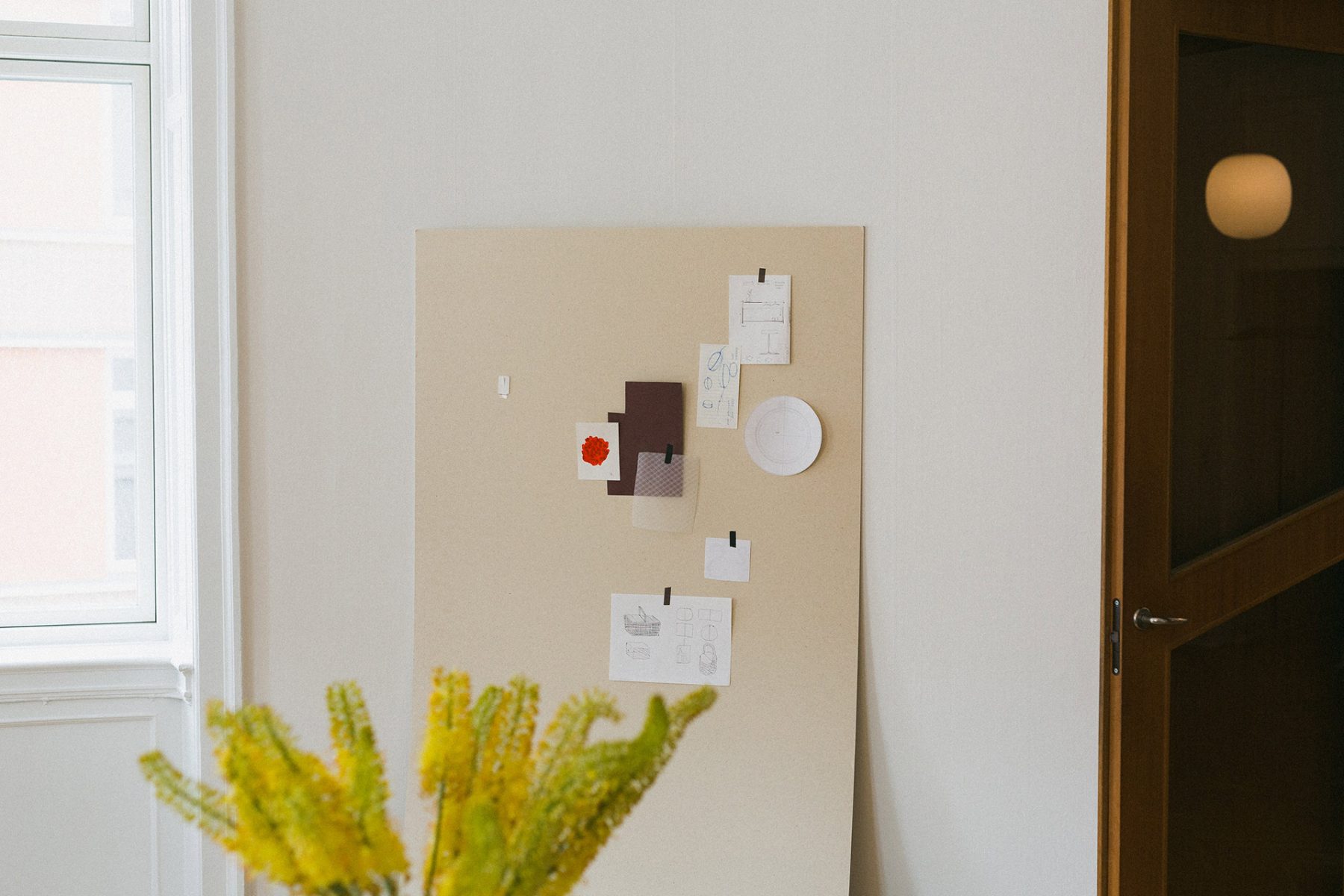
Your firm tackles a broad range of creative projects. What’s your favourite type of project to work on, personally?
Yes, we work in the fields of product design, interiors, trends and colours, graphic design and visual communication, so it’s hard to choose one. Every project is interesting in its own way, and I love the diversity that comes with tackling a broad range of creative projects. However, I’m a product designer myself and it’s a field I really enjoy working in. It’s a slow process though — I have had my company for almost three years, and we have so many products on the way that haven’t launched yet.
Take us through your creative process.
The creative process fully depends on the project. If we’re talking product design, it depends on whether it’s a predefined project, like coming from a brief, or a product we’re pitching to a client. But roughly put, we do a lot of research, narrow down the needs and then start to sketch, both mentally and on paper. Luckily, we have a whole team to brainstorm on ideas, which really is an advantage. We develop, sketch, do models and 3D drawings, send these to the client, get feedback and prototypes. We correct and approve and then launch the product!
What is one skill, tool or approach that transcends every project you work on?
The best tool would have to be that we are a very multidisciplinary team, who are really good at working together and using each other’s competences.

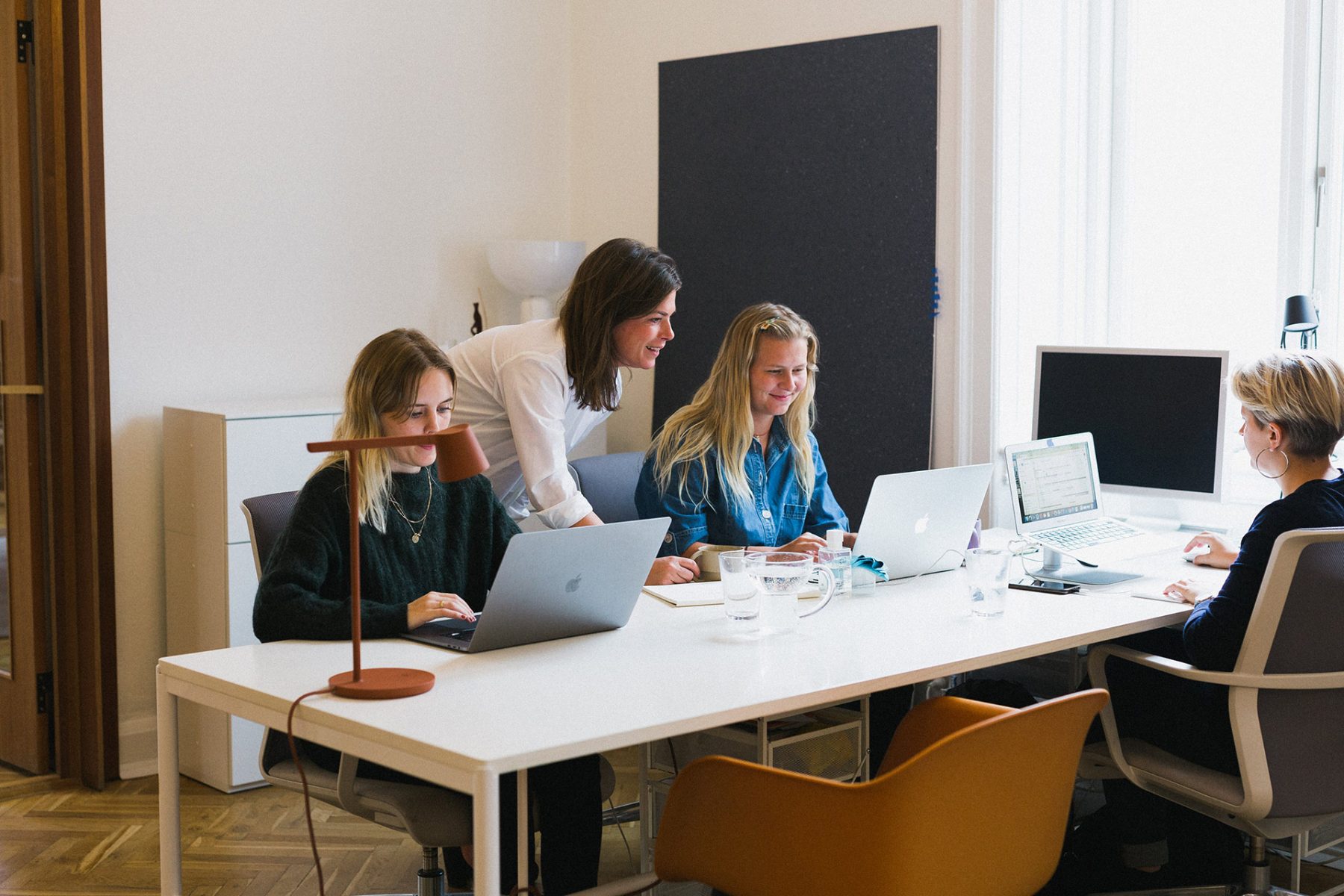
What do you need to start working on a project?
It actually doesn’t take much to start a project. If we get a nice brief or have an inspiring client, all it takes is a pen and piece of paper to get started.
What do you see as the thread that connects all of your projects?
Aesthetics! We believe aesthetics are essential for all brands that want to communicate a strong identity.
Colour, in fashion and industrial design, can typically point to specific times in history. Currently, we’re seeing a rise in popularity with earthy and neutral tones; what spurs the evolution in colour trends?
It depends. Are we talking mega-trends or minor movements? It can be analysed in so many ways. Even though we don’t work with fashion as an end-product, we can still use fashion to determine which colours we work with. The interior business is ‘delayed’ compared to fashion, which makes it easier for us to analyse 1 to 1 what happens in fashion and therefore, what will happen in interiors and design later.
Fashion itself erupts from the tendencies we see in the rest of the world. Right now, there’s a huge focus on the environment, which clearly has lead to all the earthy and natural tones we’re witnessing right now. So everything is connected in a sense.

Function or fashion? Or both?
I’m more function than fashion. I care about the things that surround me and what I wear, but high-quality equals fashion in my opinion. I would rather have one slightly more expensive item in really great quality than buying twenty cheaper items in bad quality. I’m very well considered, which pays off. My well-considered buys often last very long and I wear them down completely before purchasing new ones. That being said, I still look to fashion for inspiration, but my personal style is very neutral and functional.
Where do you look for inspiration?
It sounds like the biggest cliché, but I look for inspiration everywhere. Especially when I travel and experience new cultures. But honestly, I get inspired by the people I meet, the colours of the city, architecture, fashion, books, food and so on. There are no limits to where to look for inspiration — it’s all about keeping your eyes and mind open.
Describe how important art, in all its forms, is to your process and to your drive.
It’s affected my whole life. I’ve always been surrounded by art — and artists. I don’t see myself as being a slave to art, though; my company has a very commercial approach, which is an art in itself. Art, in the most traditional sense, is something that touches me deeply. It makes me stop and think extra about life.
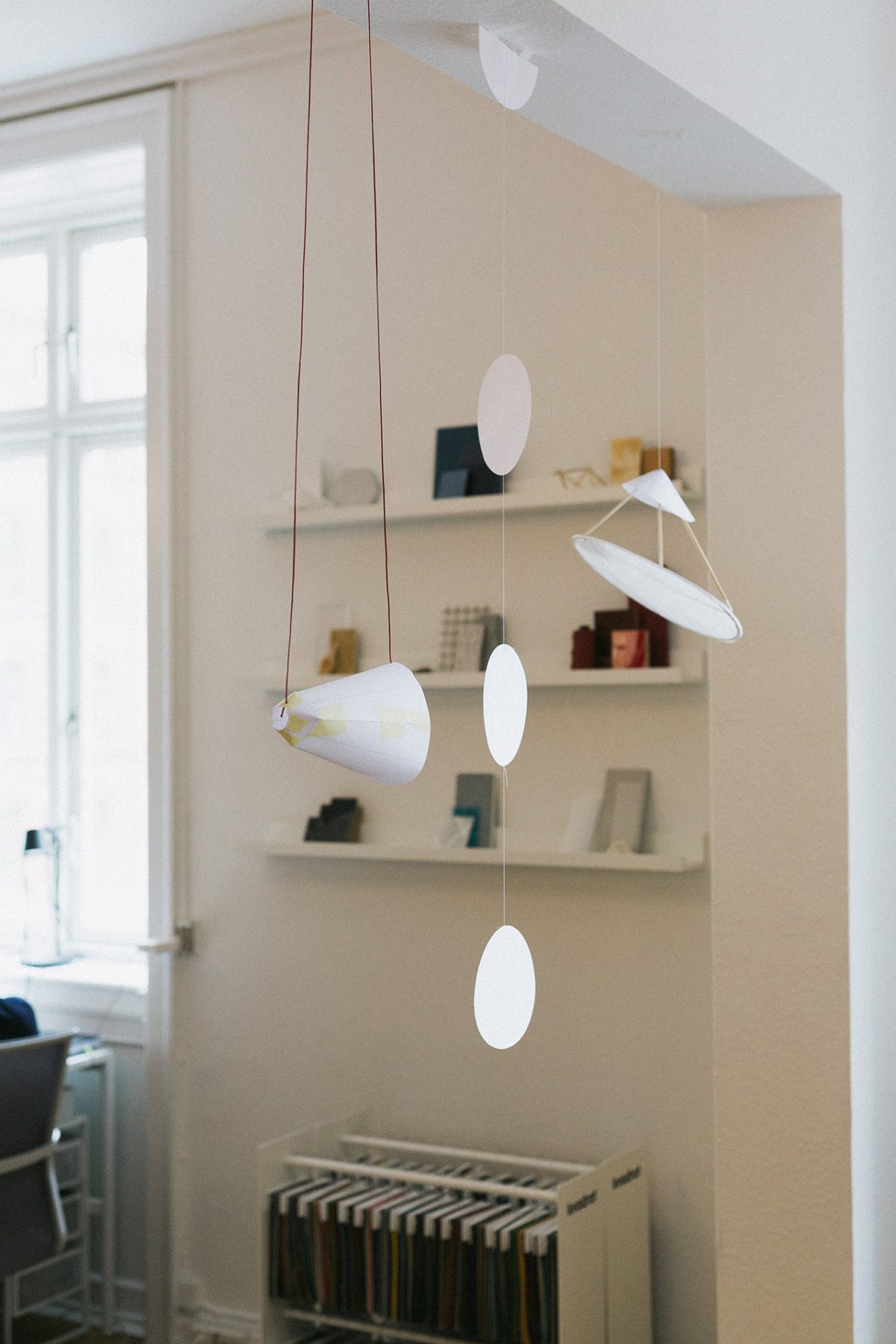
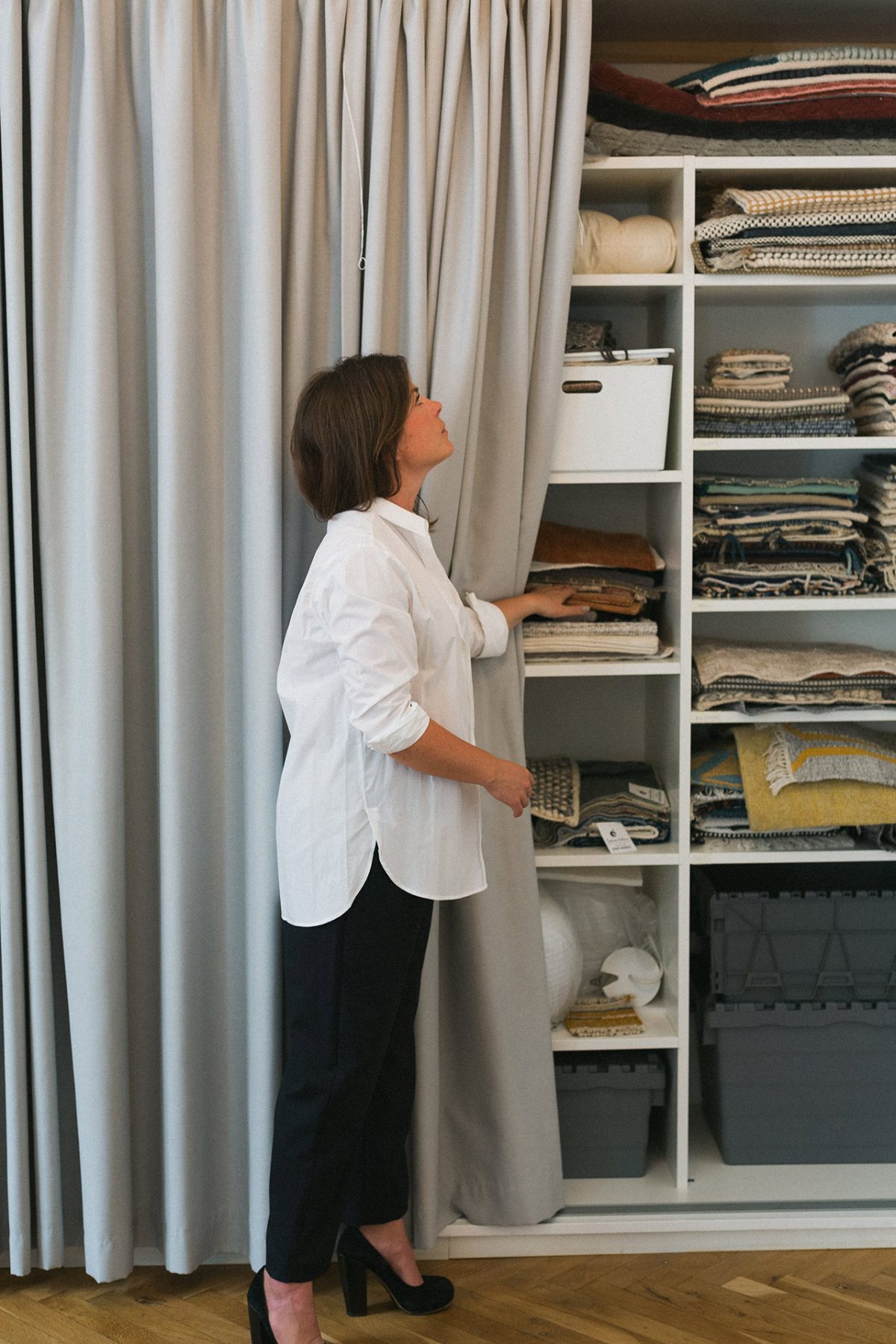
Has there been anyone in your life that has had a profound impact on your path or that you’d consider to be a mentor?
In a professional matter, I’ve learned even more from people who weren’t especially good at their jobs. I’ve experienced a lot of things that I wouldn’t do to my own team, or to the people around me. Personally, I’m surrounded by inspiring, talented people who are really good at what they do, and they inspire me on a daily basis.
What’s next on the horizon for Nina Bruun?
One of the great things about having a multidisciplinary company, with a talented team, is the broad range of projects we can handle. We’re for sure going to see a lot more products in a not so far future. We’re also working on some big projects in Asia, which is really interesting due to the similarities between the Asian and Danish aesthetic. So a lot of exciting things are on the horizon for Nina Bruun Creative Consultancy!
